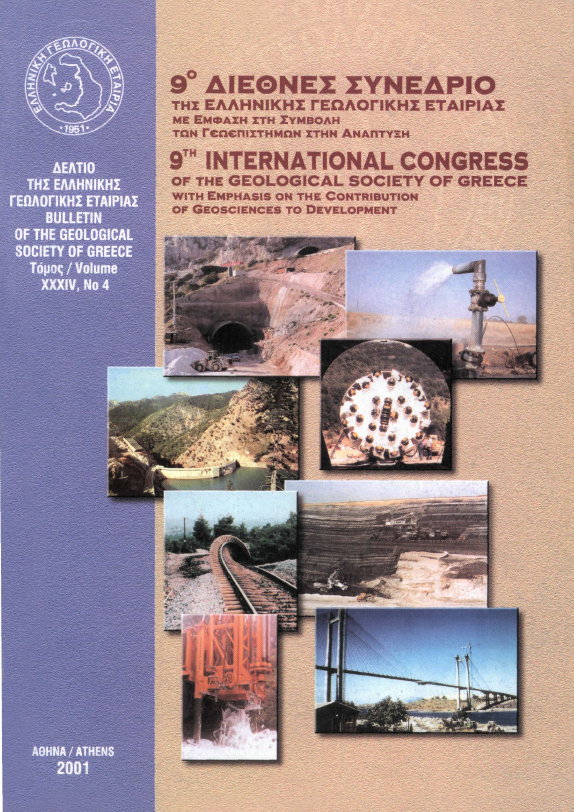Application of new seismic interpretation for exploration of carbonate traps in Western Albania
Περίληψη
The area under studying is situated in the western part of Albania. A number of oilfields within the orogene have been found over the platform. There are analysed a lot of different cases of trapping in carbonate structures. Application of SeisWork2D is a powerful interpretative tool, that gives us new insight into the subsurface. Subtle details that would be hidden on paper section are revealed on the screen, thanks to color, high-resolution graphics and a wide variety of display options. Gathered and analysed data consist of exploration and development wells, seismic lines, logs, well testing, geochemical and petrophysical analyses. Some types of the traps are demonstrated practically and are prescribed in conformity with incontestable the facts data. The paper intent to explain main geological factors that influenced in trap formation in carbonate reservoirs and the characteristics of seismic facies on carbonate. The experience shows that it is difficult to explore the traps in a complicated geological framework, where a complex of the geological phenomena's are interfered
Λεπτομέρειες άρθρου
- Πώς να δημιουργήσετε Αναφορές
-
BARE, V., BARE, V., NGRESl, V., NGRESl, L., NAZAJ, S., & BAKO Μ. (2001). Application of new seismic interpretation for exploration of carbonate traps in Western Albania. Δελτίο της Ελληνικής Γεωλογικής Εταιρείας, 34(4), 1473–1477. https://doi.org/10.12681/bgsg.17245
- Ενότητα
- Σεισμολογία

Αυτή η εργασία είναι αδειοδοτημένη υπό το CC Αναφορά Δημιουργού – Μη Εμπορική Χρήση 4.0.
Οι συγγραφείς θα πρέπει να είναι σύμφωνοι με τα παρακάτω: Οι συγγραφείς των άρθρων που δημοσιεύονται στο περιοδικό διατηρούν τα δικαιώματα πνευματικής ιδιοκτησίας επί των άρθρων τους, δίνοντας στο περιοδικό το δικαίωμα της πρώτης δημοσίευσης. Άρθρα που δημοσιεύονται στο περιοδικό διατίθενται με άδεια Creative Commons 4.0 Non Commercial και σύμφωνα με την οποία μπορούν να χρησιμοποιούνται ελεύθερα, με αναφορά στο/στη συγγραφέα και στην πρώτη δημοσίευση για μη κερδοσκοπικούς σκοπούς. Οι συγγραφείς μπορούν να: Μοιραστούν — αντιγράψουν και αναδιανέμουν το υλικό με κάθε μέσο και τρόπο, Προσαρμόσουν — αναμείξουν, τροποποιήσουν και δημιουργήσουν πάνω στο υλικό.



